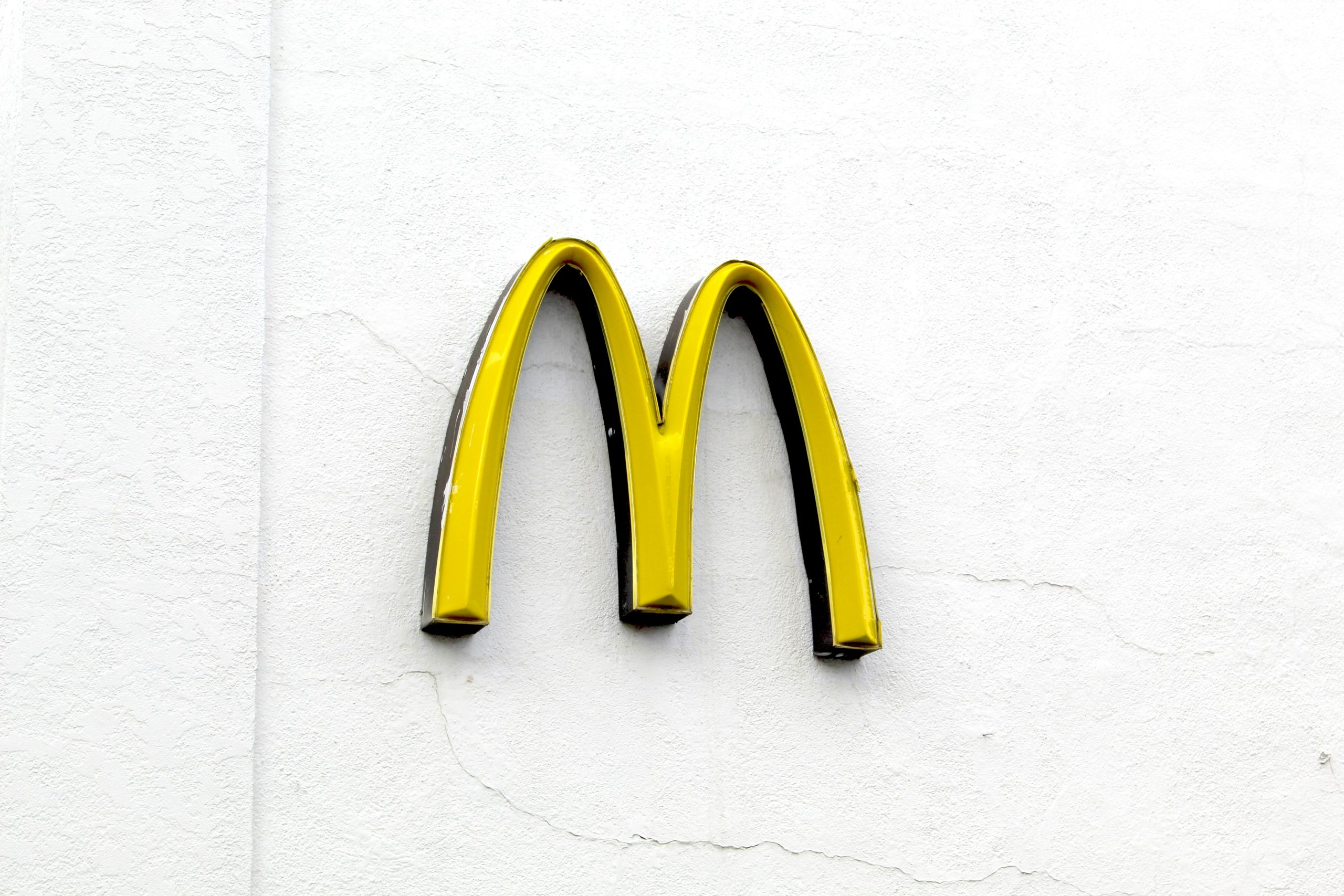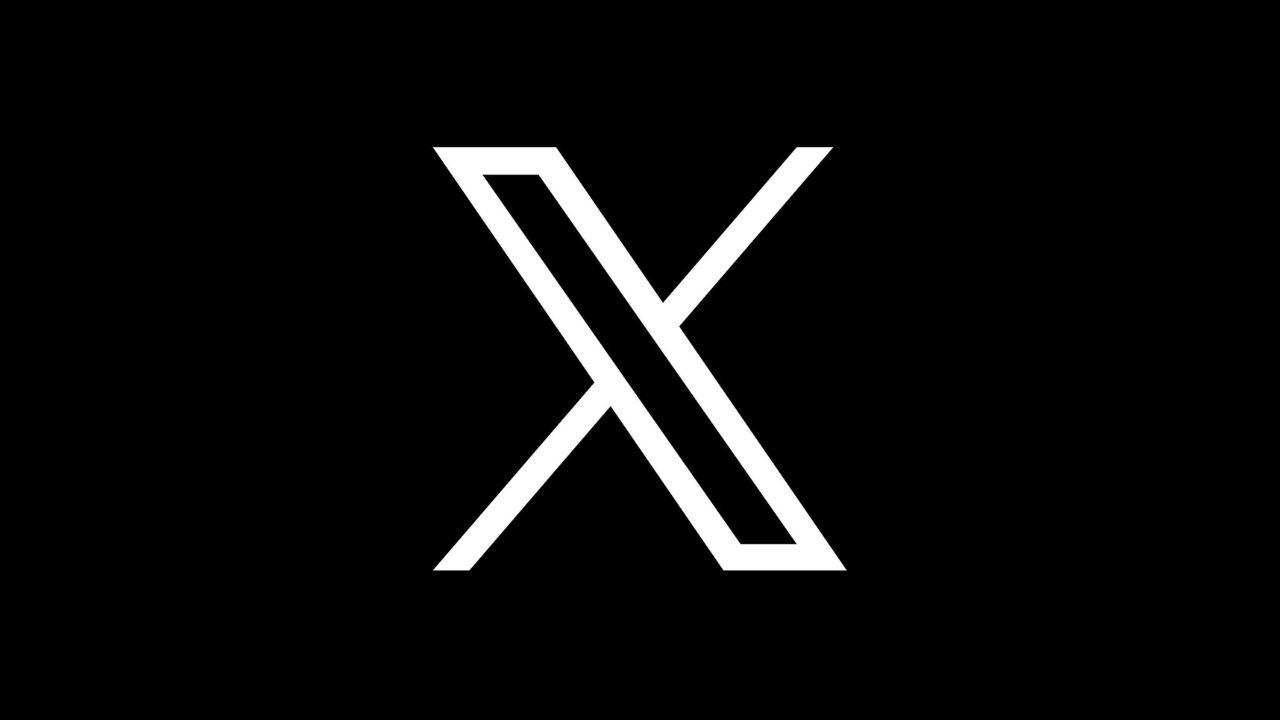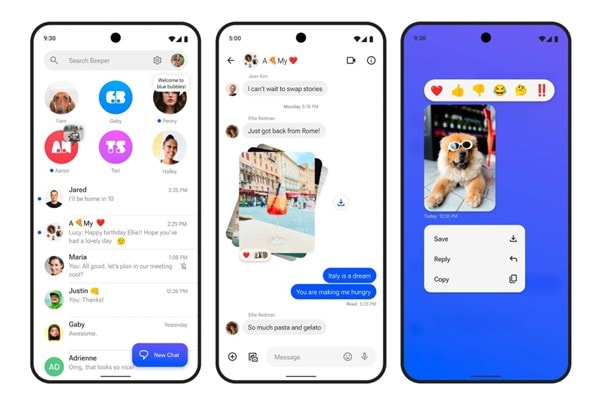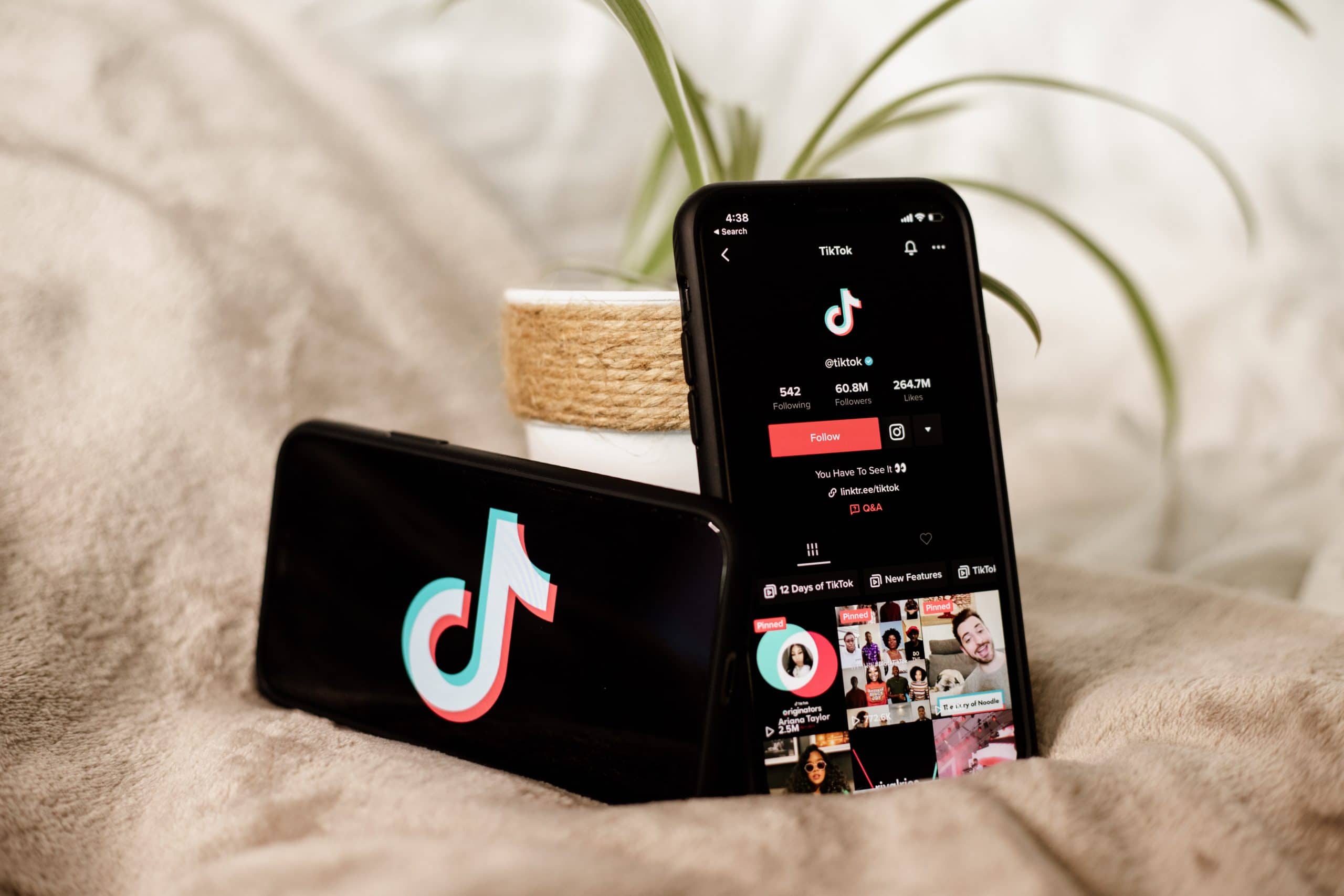TikTok, an app that ByteDance created in 2016, transformed the social media system with its short-form videos and became a phenomenal cultural and social force overnight.
However, this growth came with major hurdles. Gaffes over privacy, national security, and foreign ownership led governments worldwide to ban them or put regulatory checks in their place.
The following article takes a walk-through journey through the life of TikTok-from becoming a viral rage to facing a fight for survival with global bodies of regulation.
TikTok Will Be Banned in USA; So How it Will Affect You and Me?
Why So Much Hype Over TikTok?
At the center of the controversy over TikTok is ownership. The Chinese parent company ByteDance sends alarm to governments concerned with data privacy and national security. Users fear that TikTok would share user data with the Chinese government, which is reportedly allowed by China’s cyber security laws as it seeks access to data from other tech companies.
Although such allegations have been repeatedly debunked by TikTok while it has taken steps such as data localization, the debate continues.
Apart from that, its algorithm, designed to increase user engagement, has been criticized. The said algorithm has been blamed for hurting the mental health of its users, especially teenagers.
In addition, the spread of misinformation and unmoderated content was also accused, which amplified the regulatory scrutiny in regions like the United States and Europe.

A Global Battleground: Key Players and Actions
The global TikTok battle played out on every continent in its peculiar ways:
- India: In 2020, India was the first major nation to completely ban the app based on national security concerns. This is following a border conflict where there was a clash between India and China. The Indian government contended that such data-sharing conducts posed risks to national security. Other Chinese apps were also banned to prevent the existence of TikTok within India’s borders.
- In the U.S. TikTok has had a bumpy ride. The Trump administration forced the app in 2020 to divest from its U.S. business and sell it off to an American company or face an effective ban, which led to an initial agreement with Oracle. However, the deal was finally shelved. The Biden administration maintained pressure on TikTok with new legislation passed, blocking it from government devices; plus growing demands for the company’s outright sale.
- Europe: Most of the countries in Europe have set rather strict regulations regarding data protection over TikTok. The European Union has investigated the application several times to check on compliance with GDPR. As a result, TikTok set up local storage facilities and tightened privacy policies to put into place European demands.
- Pakistan and Indonesia: For example, Pakistan, and even Indonesia, put temporary bans in place whenever the bans took into account inappropriate content or anything that would prove culturally sensitive. These were retracted when TikTok implemented better content moderation policies.
Timeline of TikTok’s Troubles
For a full image, here’s a timeline of the most significant events about regulatory challenges from TikTok:
- 2016: ByteDance begins the Chinese version of TikTok, Douyin.
- 2018: TikTok became an overnight sensation when its popularity skyrocketed around the world.
- 2020: India banned TikTok in the entire country.
- 2020: The administration of U.S. President Donald Trump threatened to ban TikTok and asked for the app to be sold to an American company.
- 2021: The administration of President Joe Biden withdrew the executive order of its predecessor but instead expanded a review of foreign-owned applications.
- 2023: Congress passes legislation that forces TikTok to divest its operations in the US, or TikTok will be banned from accessing all devices.
- 2024: The US has started strictly enforcing regulations on TikTok’s operations, with such aspects as data localization requirements, introduced by Project Texas, an initiative for storing US user data on US soil.
The Future of TikTok: What’s Next?
To ease regulatory concerns, TikTok has taken many steps. For example, Project Texas involves the storage of US data locally and monitoring it by American security teams. However, these efforts were not sufficient to satisfy the global regulatory bodies, and the fear of a total ban in major markets remains.
If TikTok is divested in the U.S. market or were to be banned worldwide, the digital space would feel its impact considerably. A ban would certainly open opportunities for local or non-Chinese options, which would change the social media space considerably.
What does this mean for users?
These regulatory issues are pointing toward the importance of digital privacy and data security for TikTok’s mass users. Uncertainty surrounds the future of the app, and users may have to find alternative avenues if bans or restrictions are further extended. The situation calls to mind the fact that digital landscapes are shifting and that social media platforms require transparency and security on all occasions.
Wrapping It All
The journey of TikTok, from being a viral video platform to a battleground for national security debates, is proof of the complex relationship that social media has with global politics.
Though the app has gained massive success, it is now facing unprecedented regulatory challenges that may change its future. Whether TikTok adapts, divests, or exits some markets, its story will continue to shape discussions on digital privacy and global tech influence.






